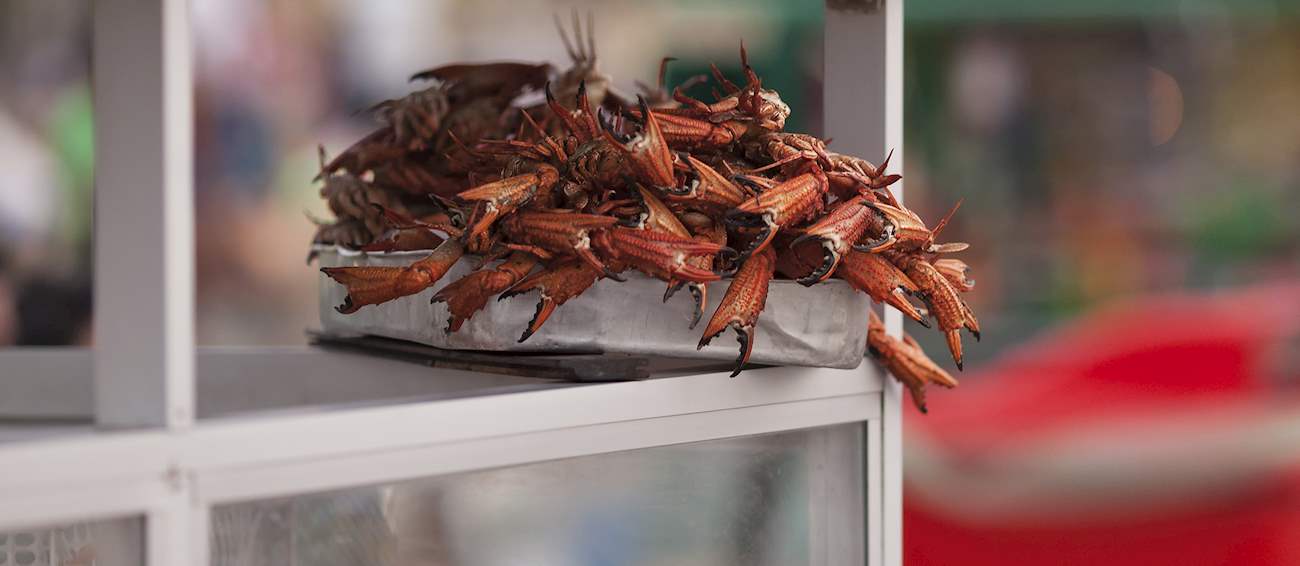Sri Lankan Crabs
Thriving in shallow seawaters and lagoons along Sri Lanka’s coastline, edible crab species are found in abundance, and they’ve always been an integral part of the country’s traditional cuisine. Among the most appreciated edible species of crabs are the mud crab (Scylla serrata), the blue swimming crab (Portunus pelagicus, also known as P. armatus), and the red-spotted swimming crab (Portunus sanguinolentus).
Burrowed deeply in soft, muddy bottoms among mangroves, the mud crab (also known as the giant mud crab, lagoon crab, mangrove crab, or Sri Lankan crab) is a large crustacean that is distinguished by a dark green to bluish-green color, and it is a highly sought-after delicacy both in local and export markets.
The other two edible crabs are mostly marine species that inhabit sandy and sandy-muddy substrates in shallow waters. Sri Lankan crabs are highly-prized for their sweet, tender, and succulent snow-white meat that is used in a wide range of specialties such as chili crab, baked crab, pepper crab, curry crab, and crab masala.
In Sri Lanka, numerous restaurants specialize in delicacies prepared with the meat of these delicious crustaceans. Due to overfishing and lack of management of the crab fishery in the country, many species of these valuable crustaceans are at risk of becoming extinct.

